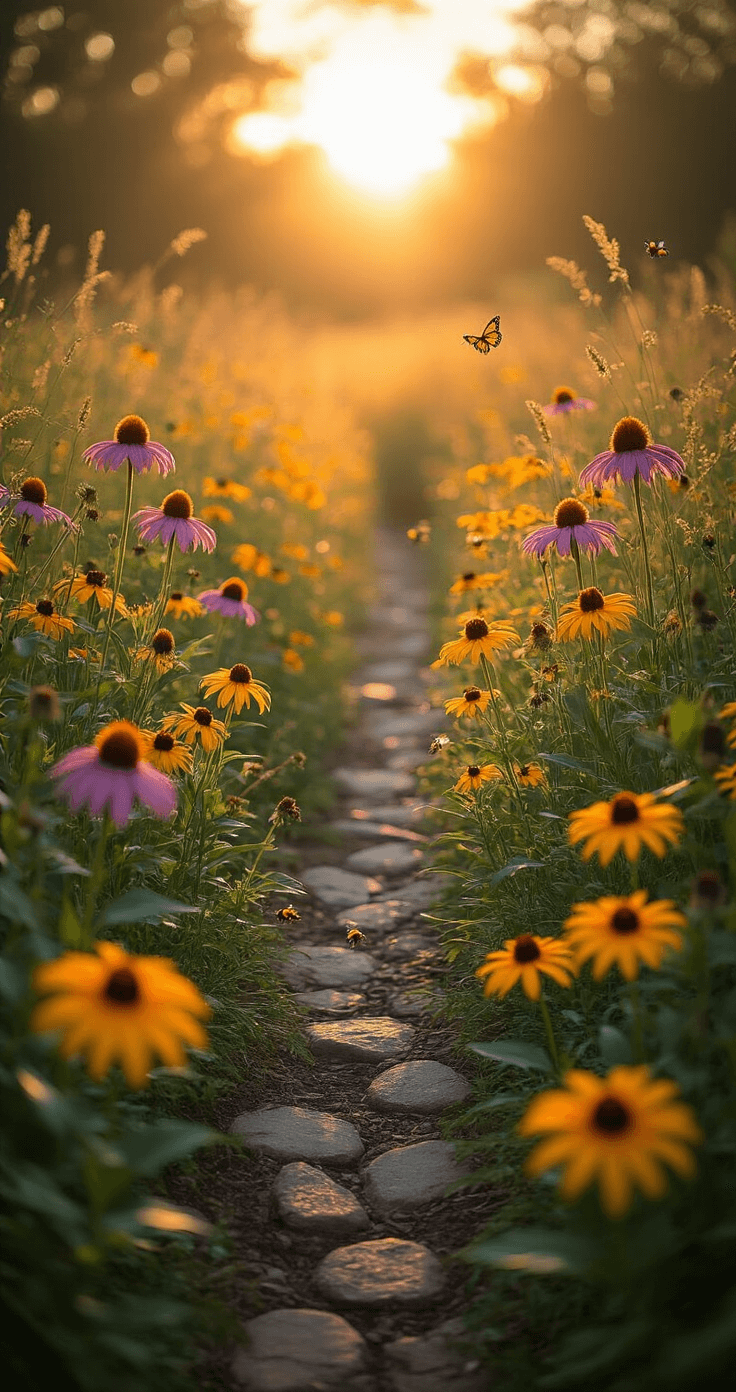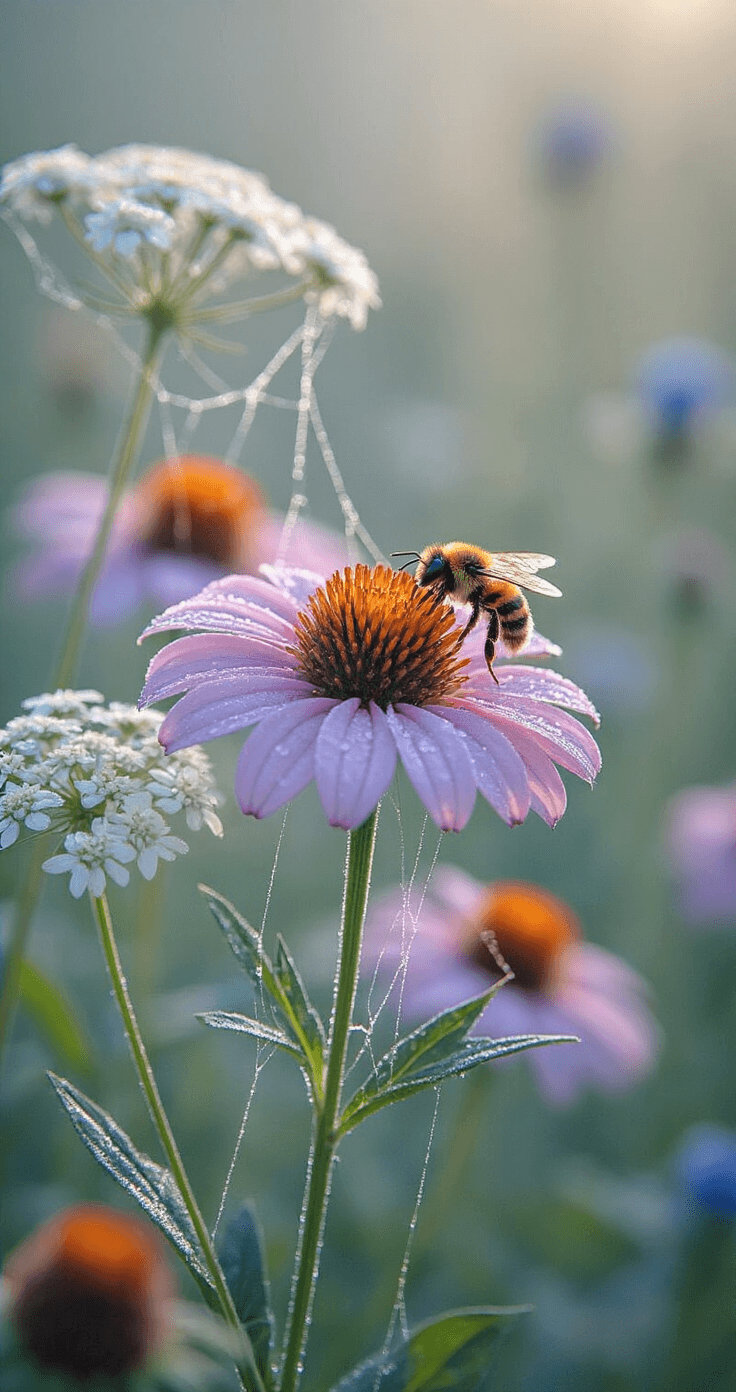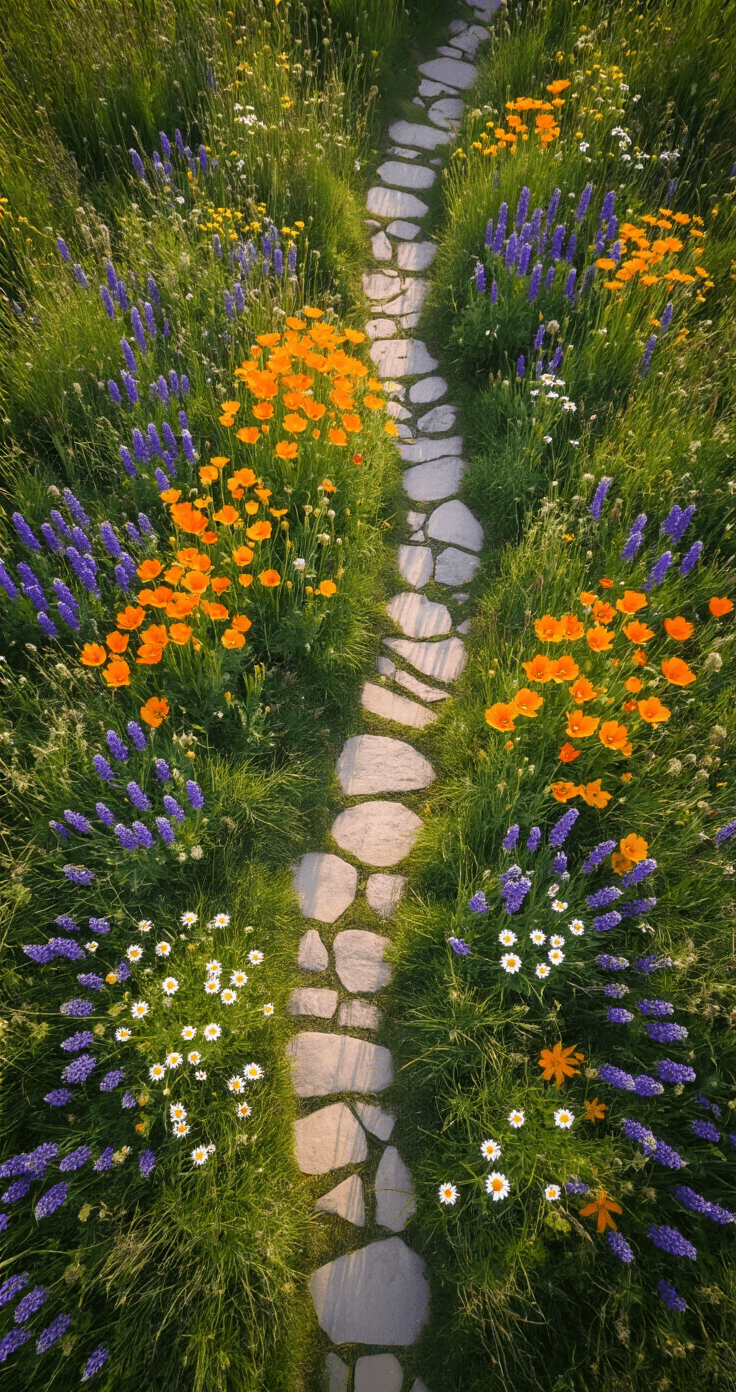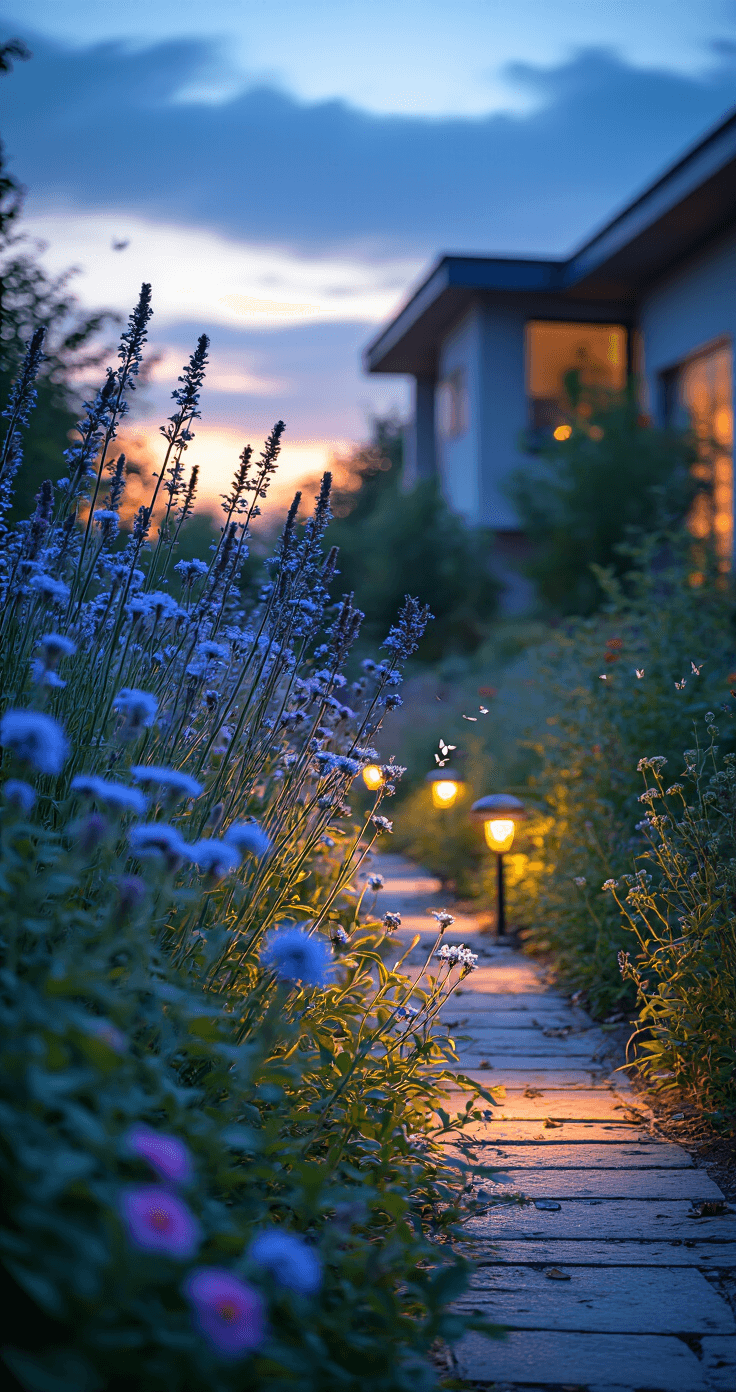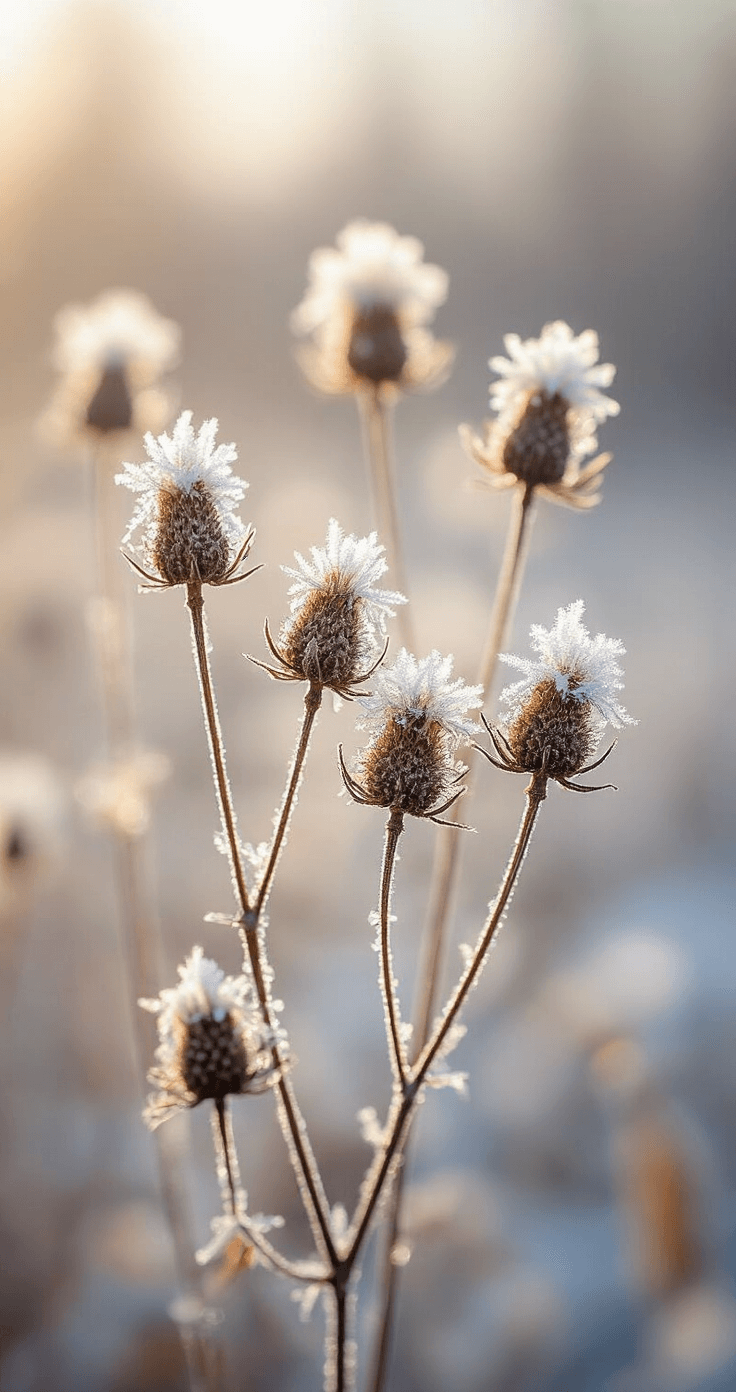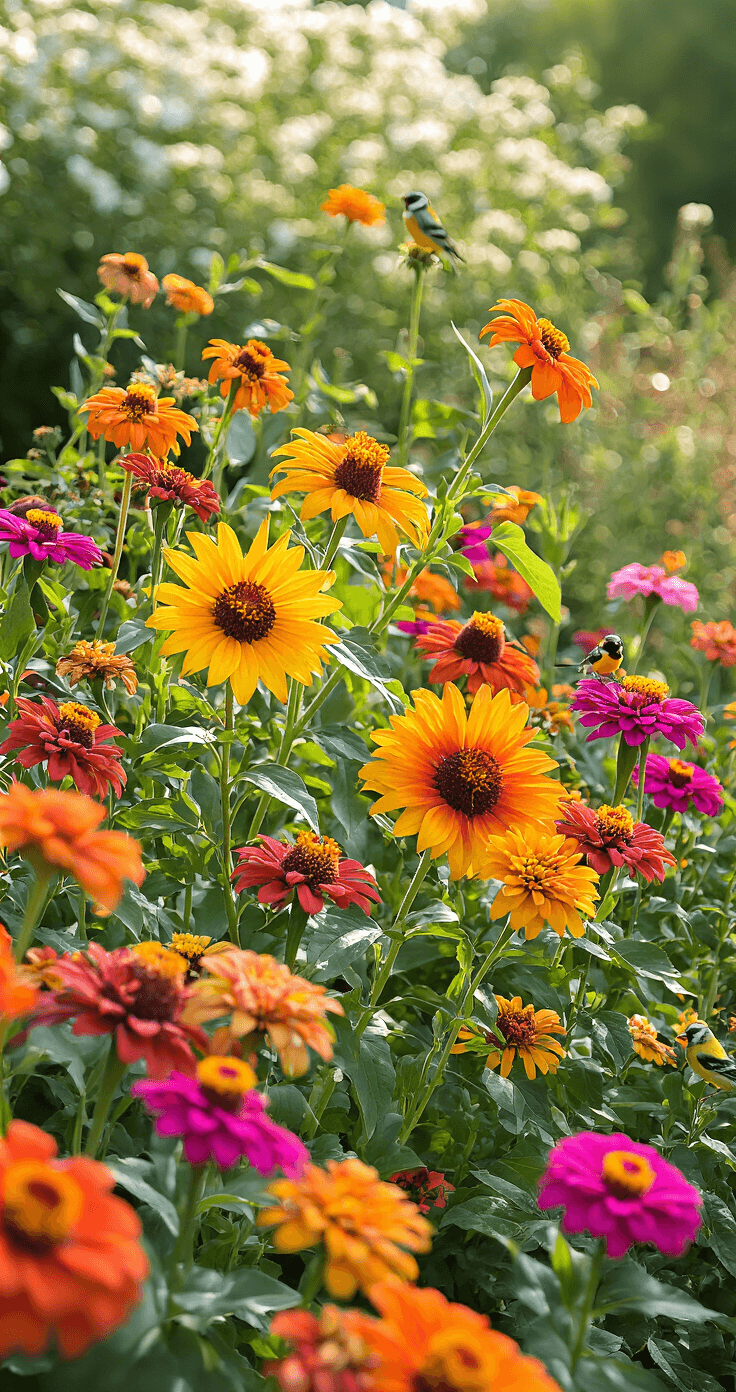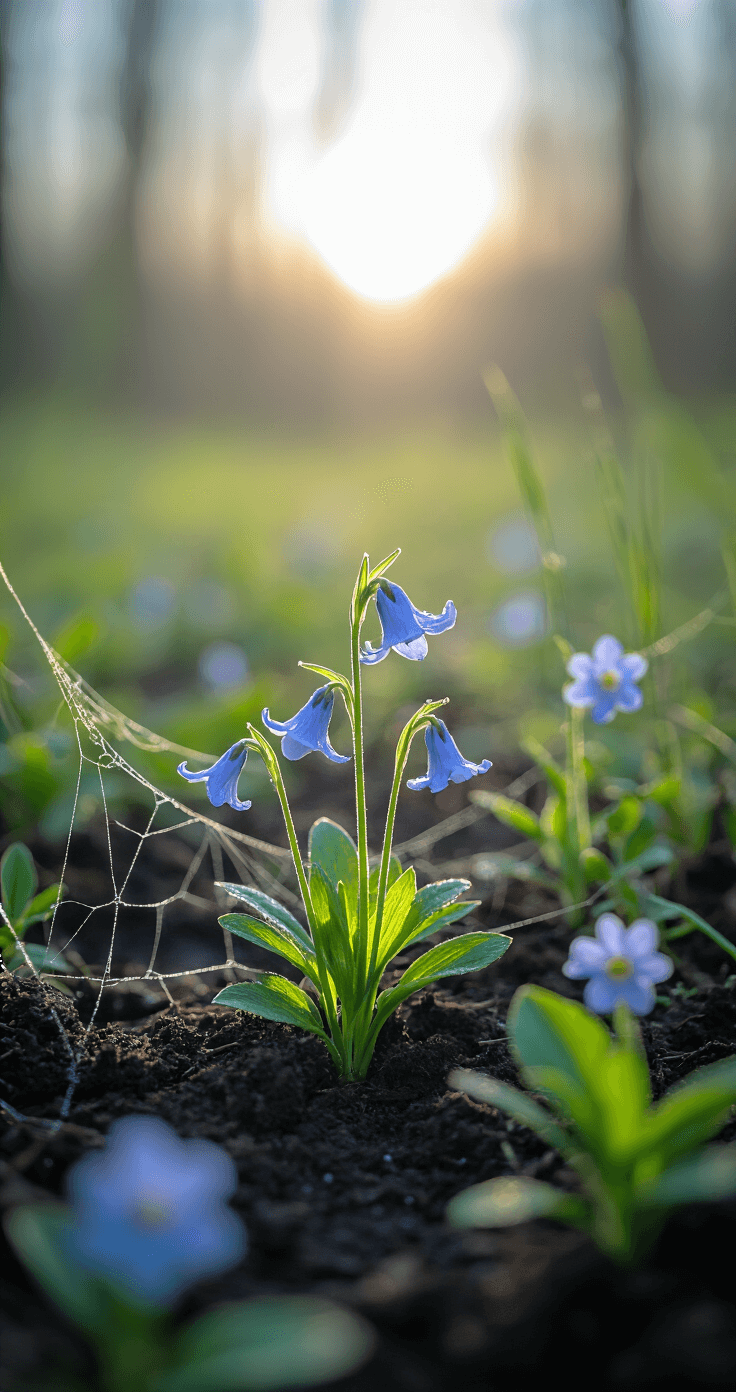This post may contain affiliate links. Please see my disclosure policy for details.
Creating a Stunning Wildflower Garden: Your Ultimate Guide to Natural Beauty and Pollinator Paradise
Contents
- Creating a Stunning Wildflower Garden: Your Ultimate Guide to Natural Beauty and Pollinator Paradise
- Why Wildflower Gardens Are a Game-Changer
- Getting Started: Your Wildflower Garden Roadmap
- Maintenance: Keeping Your Wildflower Garden Thriving
- Common Mistakes to Avoid
- Pro Photography Tips for Your Wildflower Garden
- Budget-Friendly Tips
- Final Thoughts
Have you ever dreamed of a garden that’s beautiful, low-maintenance, and actually helps the environment? Welcome to the world of wildflower gardens – nature’s most spectacular and effortless landscaping solution!
Why Wildflower Gardens Are a Game-Changer
I’ve learned that wildflower gardens aren’t just pretty – they’re powerhouses of ecological magic. Here’s why you’ll fall in love:
Ecological Superpowers:
- Supports local pollinators like bees and butterflies
- Reduces water consumption
- Eliminates the need for chemical fertilizers
- Creates a natural habitat for beneficial insects
- Requires minimal maintenance compared to traditional gardens
Getting Started: Your Wildflower Garden Roadmap
Step 1: Location and Preparation
Before you dive in, scout the perfect spot:
Ideal Locations:
- Sunny areas with at least 6 hours of direct sunlight
- Areas with well-draining soil
- Spaces away from aggressive weed zones
- Spots with minimal foot traffic
Soil Preparation Essentials:
- Remove existing grass and weeds completely
- Lightly till the soil surface
- Remove rocks and debris
- Consider a light layer of compost for nutrient boost
Step 2: Selecting Your Wildflower Mix
Pro Tip: Native is always better! Choose seeds native to your specific region and climate zone.
Recommended Seed Mixes:
- Regional wildflower blends
- Pollinator-specific mixes
- Annual and perennial combinations
- Drought-resistant varieties
Step 3: Planting Techniques
Timing is Everything:
- Early spring or late summer are prime planting seasons
- Soil temperature should be consistently above 55°F
- Avoid planting during extreme heat or cold
Planting Method:
- Scatter seeds evenly
- Lightly press into soil (don’t bury deep)
- Water gently
- Consider light mulching with straw
Maintenance: Keeping Your Wildflower Garden Thriving
Monthly Maintenance Checklist:
- Light weeding
- Occasional watering during dry spells
- Monitor for pest issues
- Allow some seeds to naturally reseed
Common Mistakes to Avoid
Rookie Errors:
- Overwatering
- Planting non-native species
- Expecting instant results
- Failing to control aggressive weeds
- Cutting back too early in the season
Pro Photography Tips for Your Wildflower Garden
Want to capture your garden’s beauty? Remember:
- Shoot during golden hours (early morning/late afternoon)
- Use macro lens for detailed flower shots
- Capture pollinator interactions
- Show garden progression through seasons
Budget-Friendly Tips
Cost-Cutting Strategies:
- Buy seeds in bulk
- Join local gardening groups for seed exchanges
- Use recycled containers
- Start small and expand gradually
Final Thoughts
Wildflower gardens are more than just beautiful – they’re a statement of ecological responsibility. With patience, proper planning, and a bit of love, you’ll create a stunning, living ecosystem right in your backyard.
Pro Tip: Every wildflower garden is unique. Embrace the beautiful unpredictability of nature!


